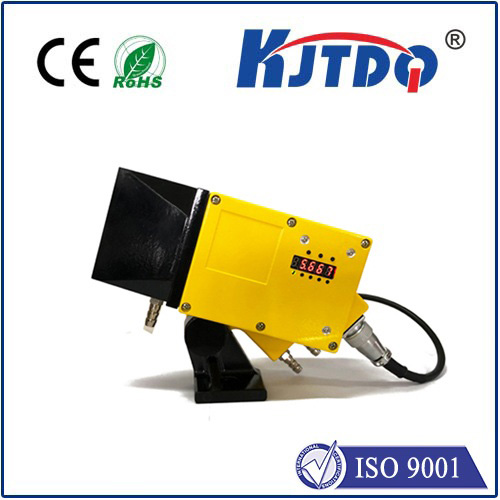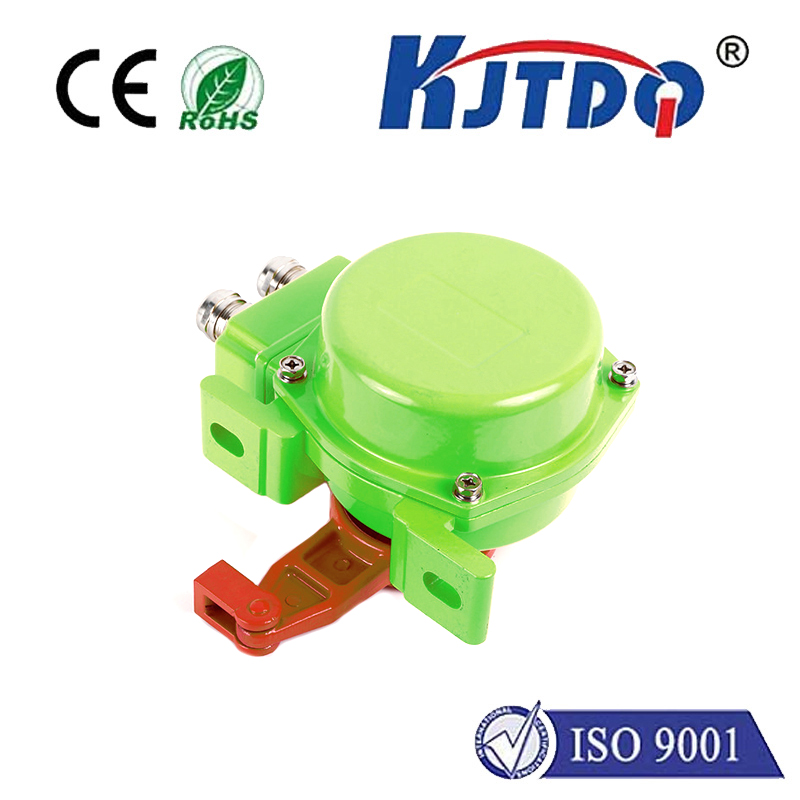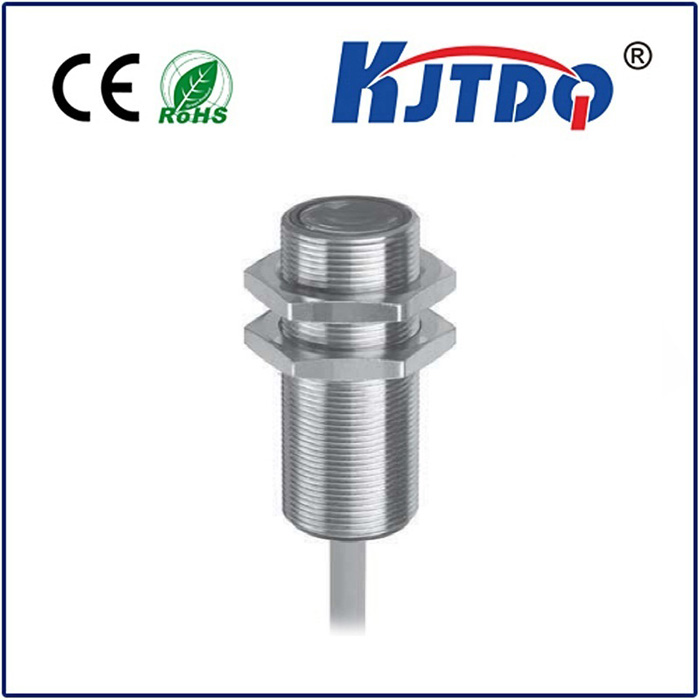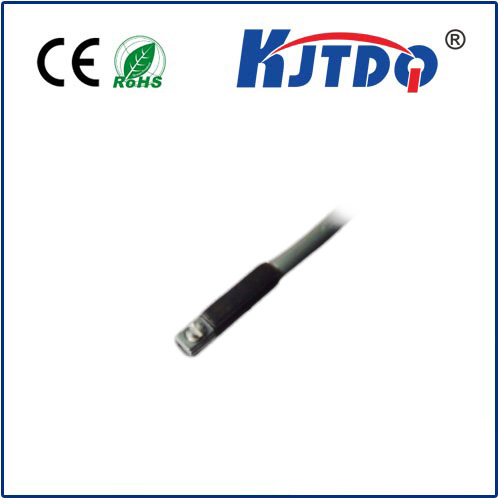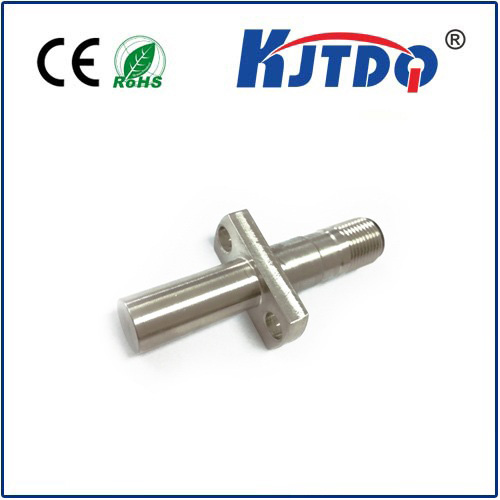Imagine walking into a modern factory where robotic arms assemble products with pinpoint accuracy, detecting every component without a single touch. This seamless efficiency isn’t magic—it’s powered by the silent sentinels of automation: electronic proximity sensors. These clever devices transform how industries operate, enabling non-contact detection to prevent collisions, enhance safety, and boost productivity. As the demand for smarter machines grows, understanding electronic proximity sensors becomes crucial for engineers, tech enthusiasts, and businesses aiming to stay competitive. In this deep dive, we’ll explore how these sensors work, their diverse applications, and why they’re indispensable in today’s tech landscape, shedding light on innovations that drive progress without the clutter.
At its core, an electronic proximity sensor detects the presence or absence of nearby objects without physical interaction. This concept relies on changes in electromagnetic fields, with sensors emitting signals that bounce back when an object enters their range. Think of it like an invisible radar—when something approaches, the sensor registers variations in capacitance, inductance, or magnetic fields. For instance, inductive proximity sensors excel in industrial settings by identifying metallic objects through electromagnetic induction, while capacitive variants detect non-metallic materials like plastic or liquids by sensing shifts in capacitance. This non-contact principle not only minimizes wear and tear but also ensures high reliability in harsh environments, from dusty warehouses to humid production lines. Such versatility makes electronic proximity sensor technology a cornerstone of modern sensing systems, where precision and durability are paramount.

Now, let’s delve into the main types and their working principles, as understanding these distinctions helps select the right sensor for specific needs. Inductive proximity sensors are among the most common, using an oscillating coil to generate a magnetic field; when a metal object nears, it disrupts this field, triggering a signal. This makes them ideal for applications like assembly lines where speed and accuracy are critical. Capacitive sensors, conversely, operate by measuring changes in capacitance between the sensor and a target. They’re well-suited for detecting liquids or insulated materials, such as in food processing plants where hygiene is top priority. Another key type is the magnetic proximity sensor, which responds to magnetic fields—often used in automotive systems for position sensing, like detecting when a door is closed. Each type leverages electronic circuitry to convert these physical interactions into digital outputs, enabling seamless integration with controllers and PLCs (Programmable Logic Controllers). This adaptability underscores why electronic proximity detection is favored over mechanical switches, as it eliminates false triggers from vibration or debris. Moreover, modern innovations incorporate features like immunity to environmental noise, ensuring consistent performance even in electrically noisy factories.
The applications of electronic proximity sensors span a wide array of industries, driving efficiency and safety across the board. In industrial automation, they’re the unsung heroes behind machinery coordination, such as in conveyor belts where sensors halt operations if an object blocks the path, preventing costly accidents. Automotive manufacturing relies heavily on them for tasks like robotic welding, where proximity detection ensures precise component alignment in under microseconds. Beyond factories, these sensors enhance consumer electronics—for example, smartphones use miniature versions to activate screens when held near the ear, conserving battery life. In the realm of security systems, proximity devices play a pivotal role by triggering alarms when intruders approach sensitive areas, without the need for visible beams. This broad applicability extends to emerging fields like IoT (Internet of Things), where sensors feed real-time data into networks for predictive maintenance, reducing downtime and energy waste. Such widespread adoption highlights how electronic proximity sensor technology transforms everyday processes into seamless, smart operations, delivering cost savings and reliability that ripple through sectors as diverse as healthcare and agriculture.
Beyond their functional diversity, electronic proximity sensors offer compelling benefits that make them a go-to choice in competitive markets. Key advantages include non-invasive operation, which prolongs equipment lifespan by avoiding friction, and fast response times, often in milliseconds. This speed is crucial in high-risk scenarios, such as machine guarding, where immediate detection prevents injuries. Additionally, their robustness against harsh conditions—like extreme temperatures or corrosive substances—ensures longevity with minimal maintenance. However, it’s not all smooth sailing; challenges like susceptibility to electromagnetic interference or false readings from nearby conductive objects can arise. To mitigate these, manufacturers integrate shielding technologies or adaptive algorithms, ensuring consistent proximity detection. Cost-effectiveness is another strong suit, as mass production has made sensors affordable for small businesses, driving adoption from startups to multinationals. This blend of strengths positions electronic proximity sensors as essential tools in an era dominated by automation, where every second counts for efficiency gains.
Looking ahead, the future of electronic proximity sensor technology gleams with exciting possibilities. Advances in AI and machine learning are enabling sensors to become smarter, such as through edge computing that processes data locally for faster decisions in real-time systems. Integration with wireless protocols like Bluetooth and 5G will further enhance their role in connected environments, allowing for remote monitoring in smart cities or autonomous vehicles. Miniaturization trends promise smaller, more energy-efficient sensors, expanding into wearable tech or medical devices for health monitoring. Sustainability also plays a key role, with designs focusing on low power consumption to support green initiatives. Innovations like multisensor arrays could combine proximity detection with temperature or pressure sensing, creating all-in-one solutions for complex tasks. As industries push towards fully automated futures, electronic proximity sensors will remain at the forefront, evolving to meet the demands of a rapidly changing world. Embracing these trends not only fuels progress but ensures that technology continues to empower innovation safely and responsibly.




